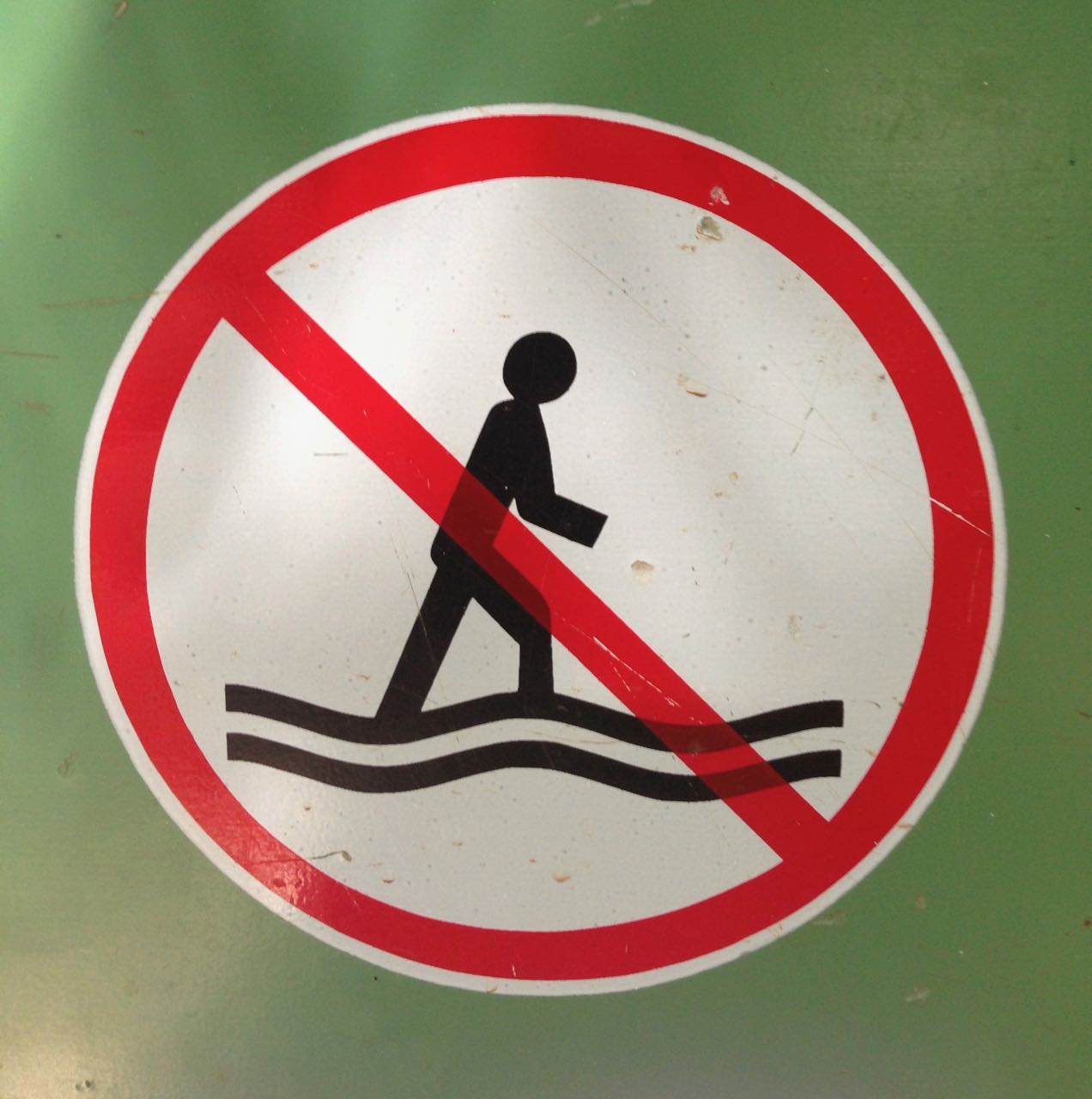Pentecost 10 (A)
13 August 2017
Byron Bay Anglican Parish
The readings set for today invite us to explore corners of our faith practice that sit uncomfortably with the prevailing outlook of our culture.
This is often the case, and mostly it is a good thing.
Being asked to imagine reality from a different perspective to that offered by our consumption-obsessed world is almost always a first step towards deeper wisdom.
But sometimes the cognitive dissonance is harder for us to manage, and for some people that may be the case with both the first reading and the Gospel today.
For different reasons they challenge how we see the world.
For another set of different reasons again they also invite us to see the world as a place of immense mystery and complexity.
Joseph the dreamer
The lengthy reading from Genesis 37 is one of the classic stories of the Bible.
At its heart are two fundamental principles that millions of people have lived by in years past, but which we may find hard to embrace:
- The underlying idea is that God is in charge of all that happens, good and evil, and is weaving them together for the sake of some larger purpose of salvation.
- The second principle embedded in the Joseph tale as a whole, and seen in the opening scenes of this chapter, is that dreams can be a means of spiritual insight into God’s purposes.
The first principle seems hard to maintain on this side of the Nazi deaths camps in Europe, or the killing fields of Kampuchea, or the madness of a nuclear conflict on the Korean Peninsula.
We struggle with the idea that good and bad derive from God, and that he weaves them all together in some way for the greater good.
If only that were so, we pray.
And yet God seems mostly to be missing in action.
As for dreams, we prefer hard data rather than fleeting impressions on the screen of our sleeping mind.
Yet there are those who find that paying attention to their dreams is a discipline that helps them live better lives, holier lives, more grateful lives.
There is wisdom in these ancient practices that we too often discard with a cocky sneer.
Nightmare on the lake
The Gospel offers a different invitation to wisdom despite our misgivings over the material in the text.
The experienced sailors familiar with the Kinneret are all at sea.
They are trapped in a fierce storm, and it seems their small craft is about to sink. Then their nightmare turns even worse as they see what seems like a ghost walking across the lake towards them. Once convinced that the ‘ghost’ was Jesus, Peter leaps out of the boat and attempts—unsuccessfully—to walk towards Jesus on the sea. as Jesus climbs into the boat, dragging Peter with him, the storm abates and all is at peace.
Now here is a strange thing.
People cannot walk on the waves, and yet we find such traditions in different parts of the world and in different religious contexts.
This tale is a paradox, and it invites us to look again—and more deeply.
Where is the truth in this story? And how might it take shape in my own experience?
On a lighter note, my personal favourite echo of this theme is a sign I once photographed on the shore of the Sea of Galilee:
Deeply true even if they never happened
The stories we are offered today may never have happened, yet they are deeply true.
Theses stories offer us truth to live by and wisdom for a holy death.
The persistence of dreams in the spiritual toolkit of the human race, reminds us to look beyond the obvious and the superficial.
We can explain so much, yet we understand so little.
We travel far and wide, but do not go very deep into the mystery of life.
Our candles, dreams, icons, holy oils and rituals are not the answers in themselves, but they may invite us to go deep into the open-ended mysteries of this amazing world, and even the deep complexities of our own selves.
We may never find the answers.
But we live better when we face the questions.
As and when we have the courage to embrace that journey into the unknown, then we find a mysterious yet familiar figure walking towards us through the storm and the haze.
That is the role of the Saviour: to come alongside as needed and draw us to safety.
We do not have to believe impossible things to be a person of faith.
We simply have to trust that God is always with us: not because of our virtue, but that is the very nature of our God, of Emmanuel.
If we can imagine Emmanuel then we can find the courage to be, the courage to hope, the courage to live, and the courage to go deeper and deeper into the eternal mystery which is our life and our world.
In the final scene of Matthew’s Gospel, Jesus reminds his followers—some of whom even then are questioning who he is and what is happening—I am with you you always, to the end of the world.
May that be our experience, and may it enable us to live lives that are holy and true,

[…] >>> Full notes for this sermon are available online. […]
Dear Greg,
In many ways I think it is more wonderful for perhaps never having been “true” literally. I say this because what we see instead is a magnificent salvific story arising out of us in spite of our living in a world that speaks horror to us. From where could such a story have come other than from the God-implanted core of our being. This story speaks to the Christification of Greg and the divination of Graham when we read and exchange this story.
Graham Warren